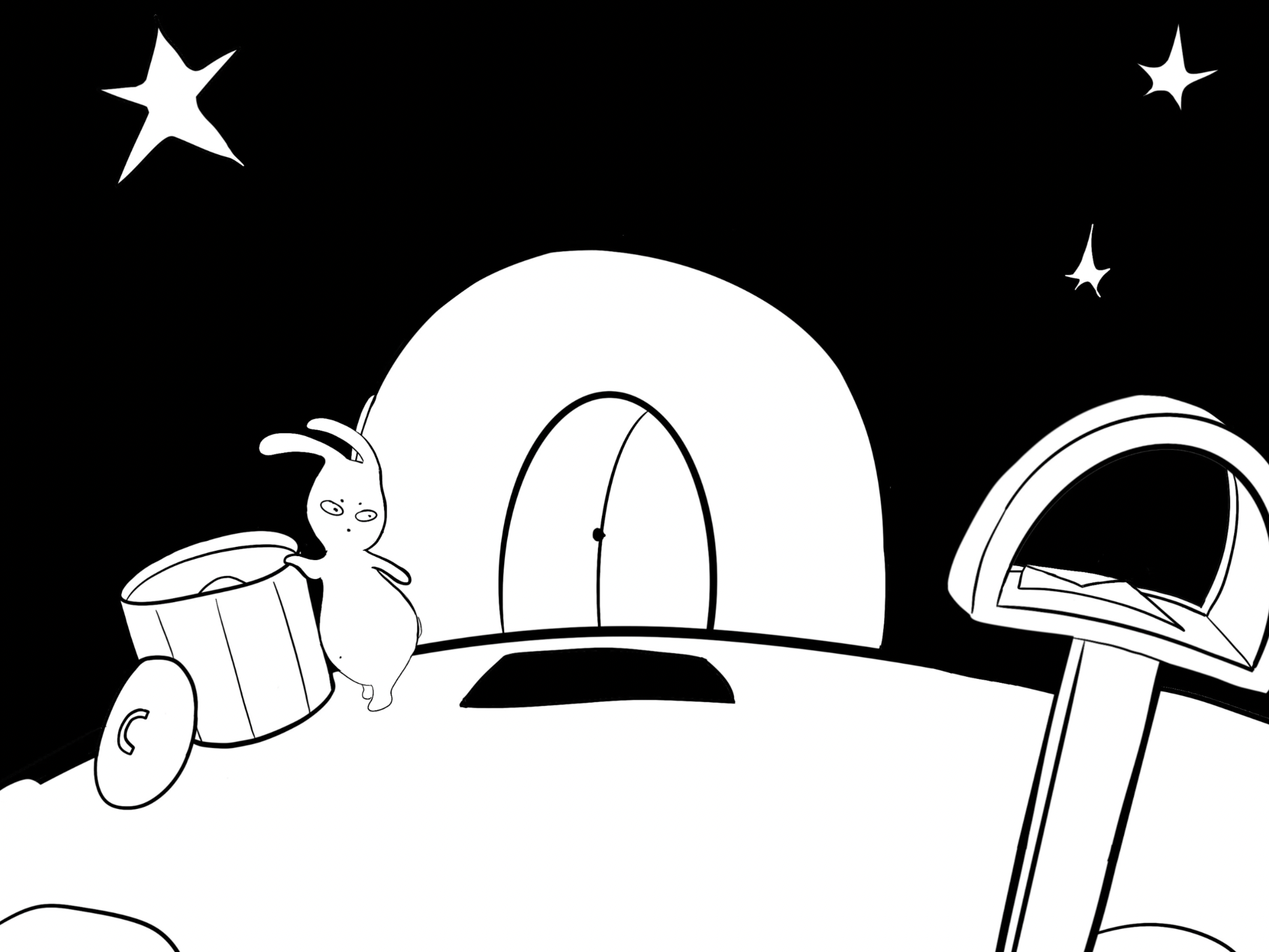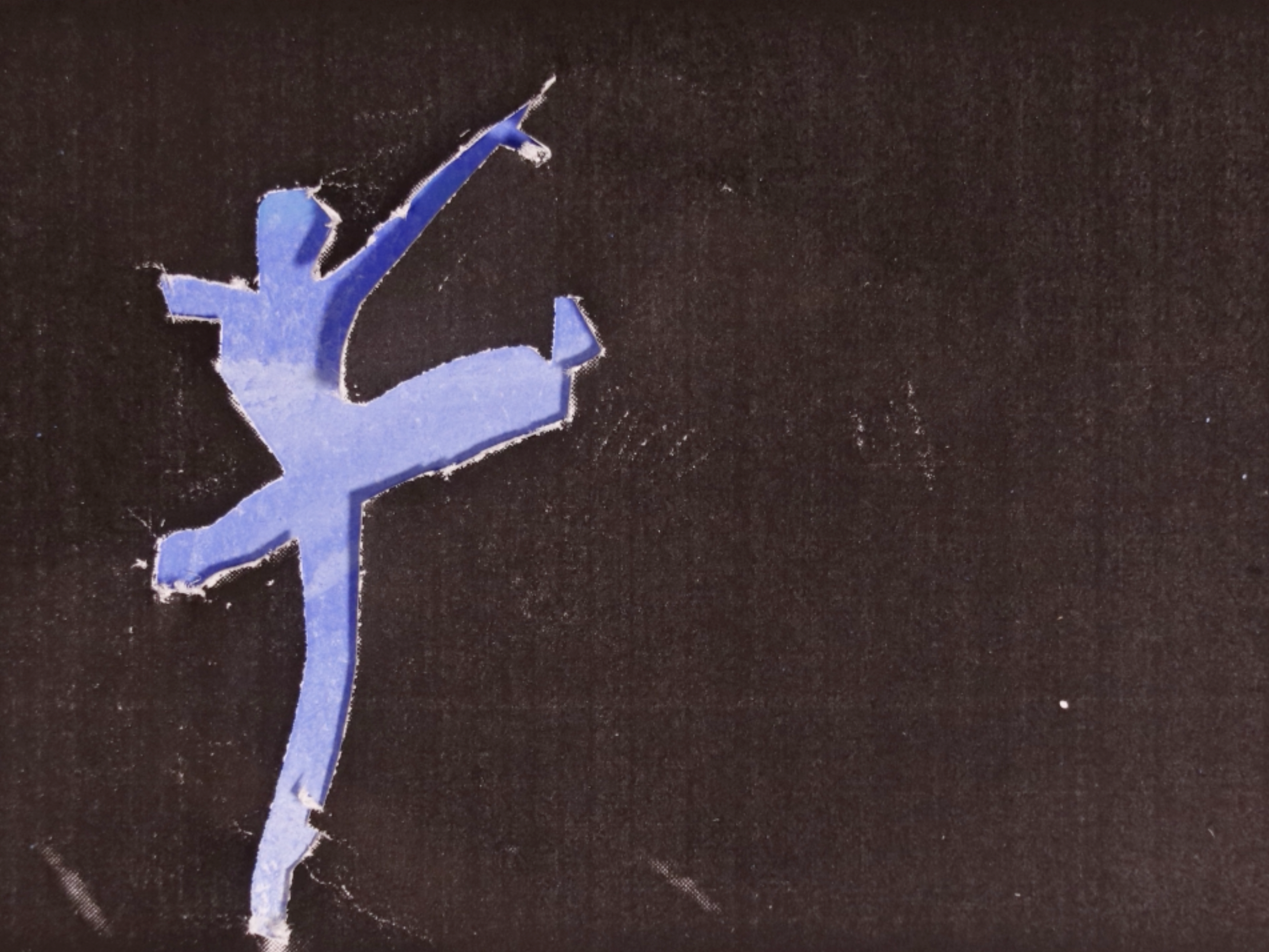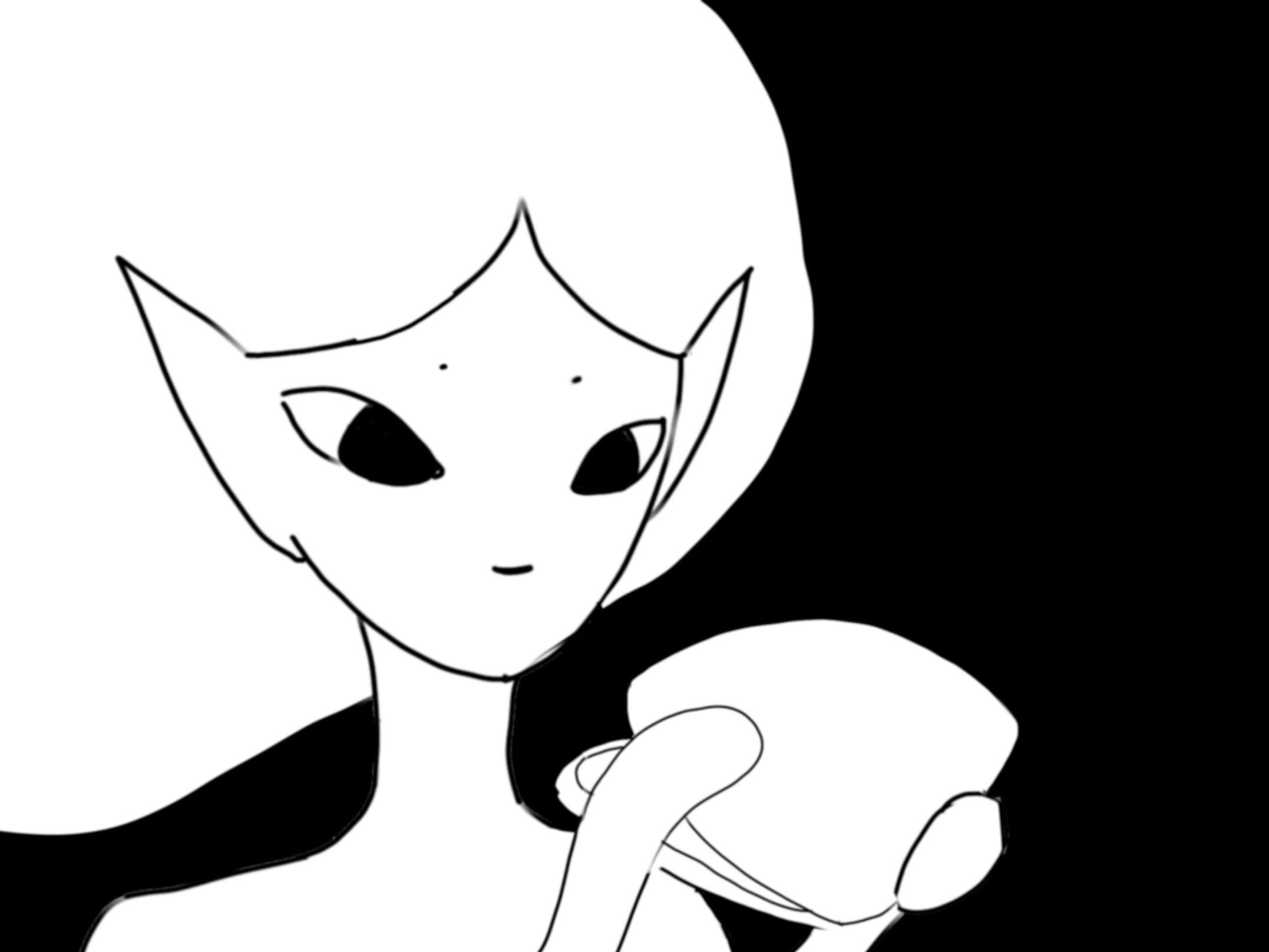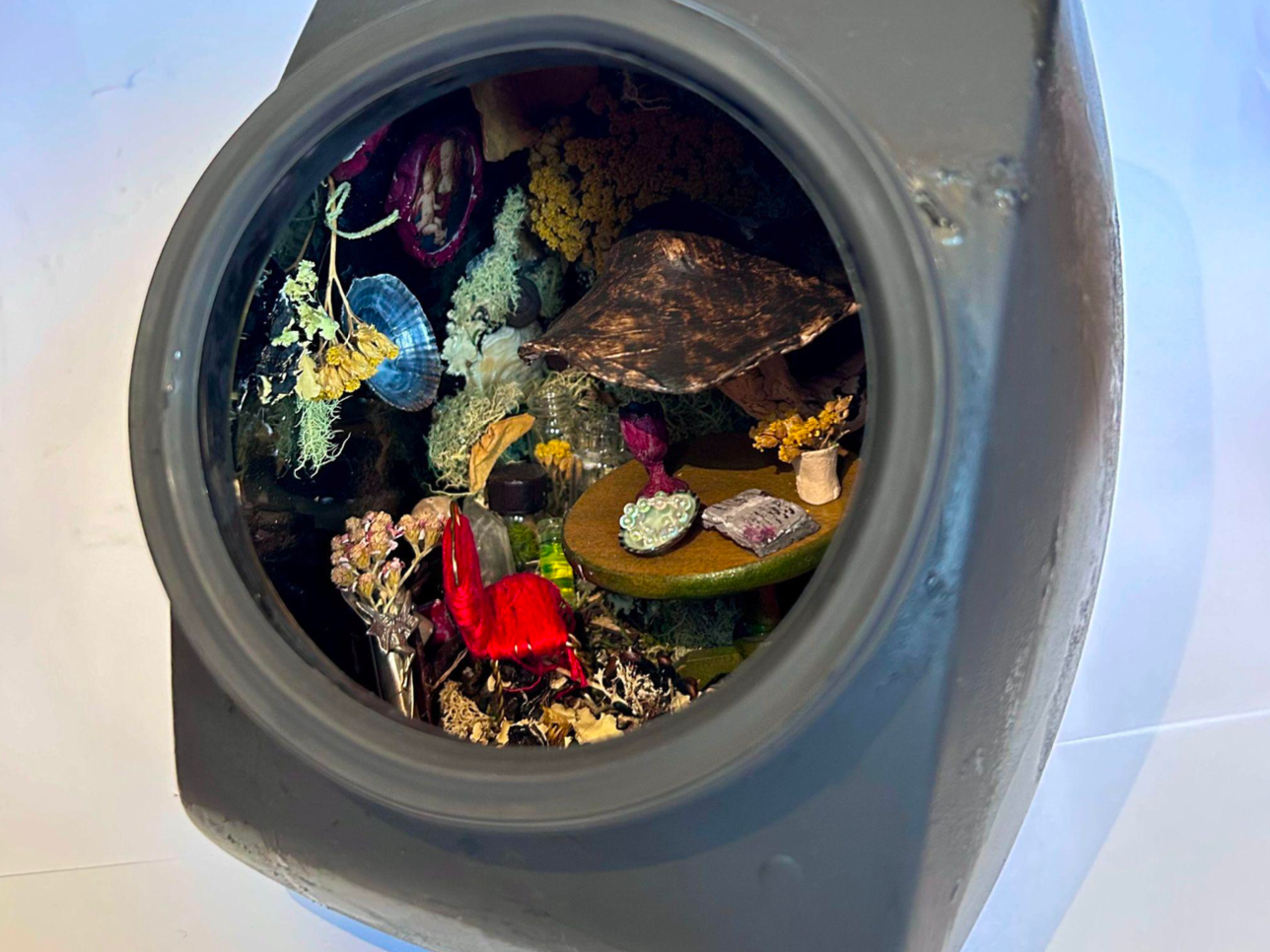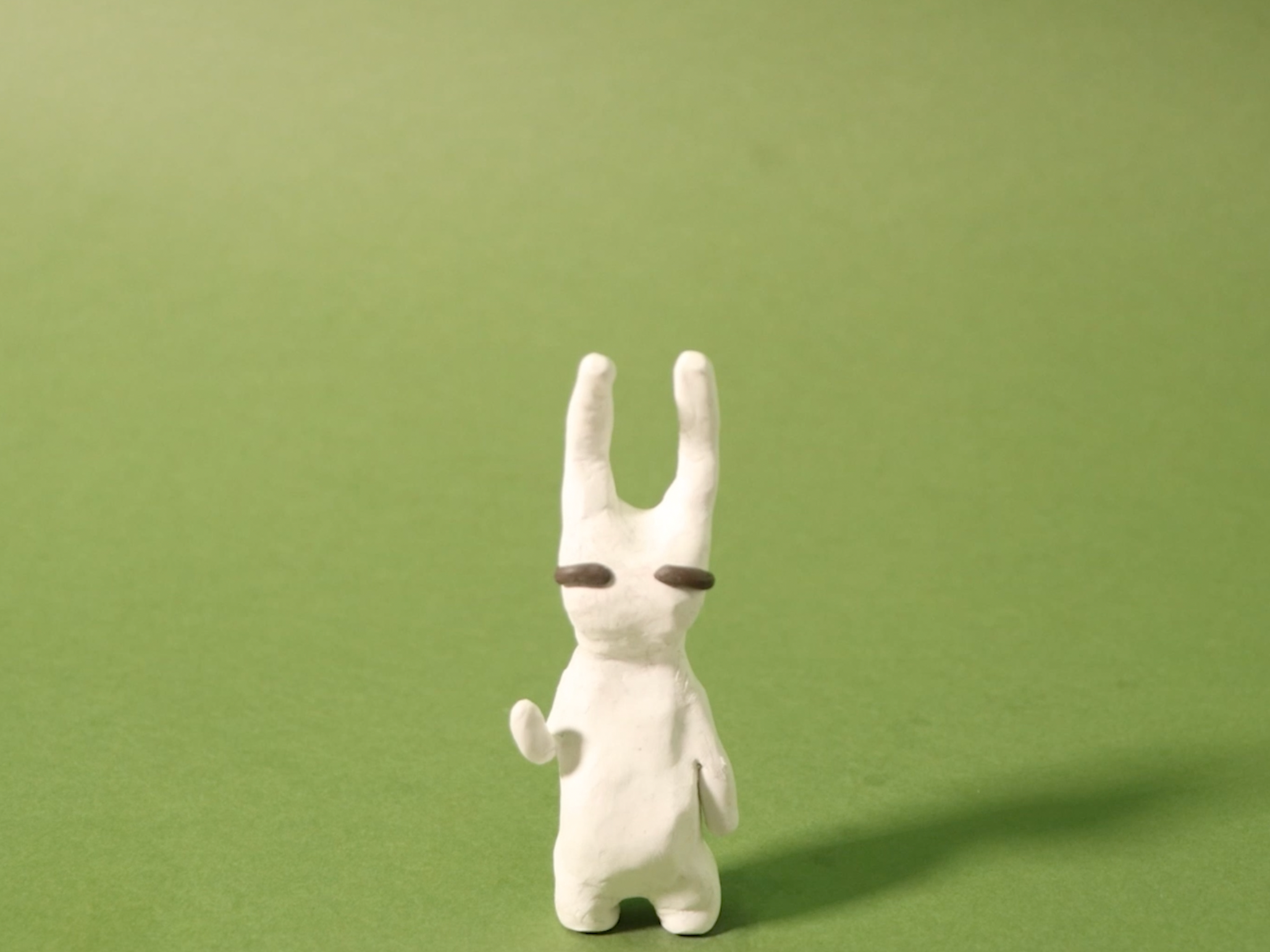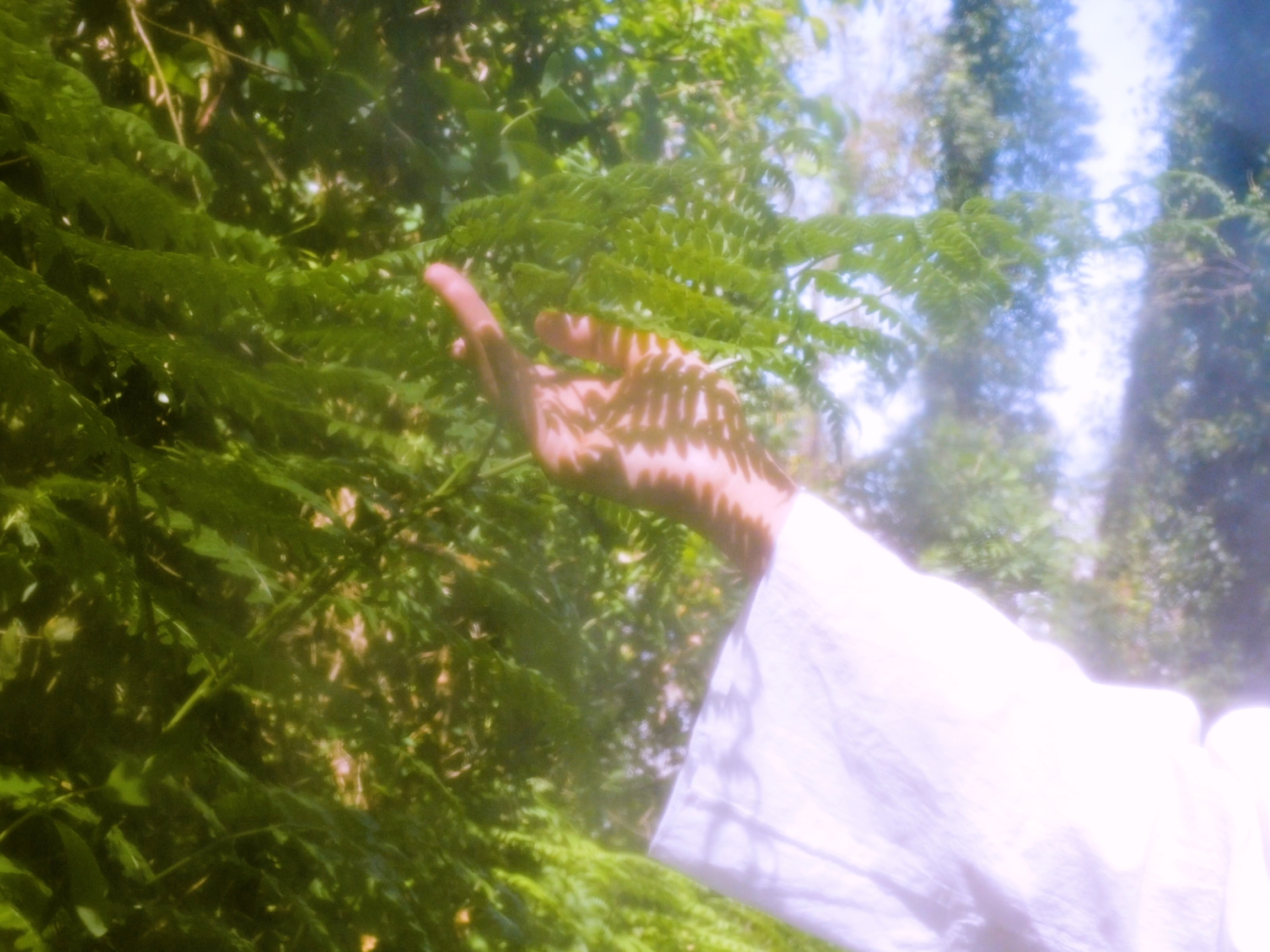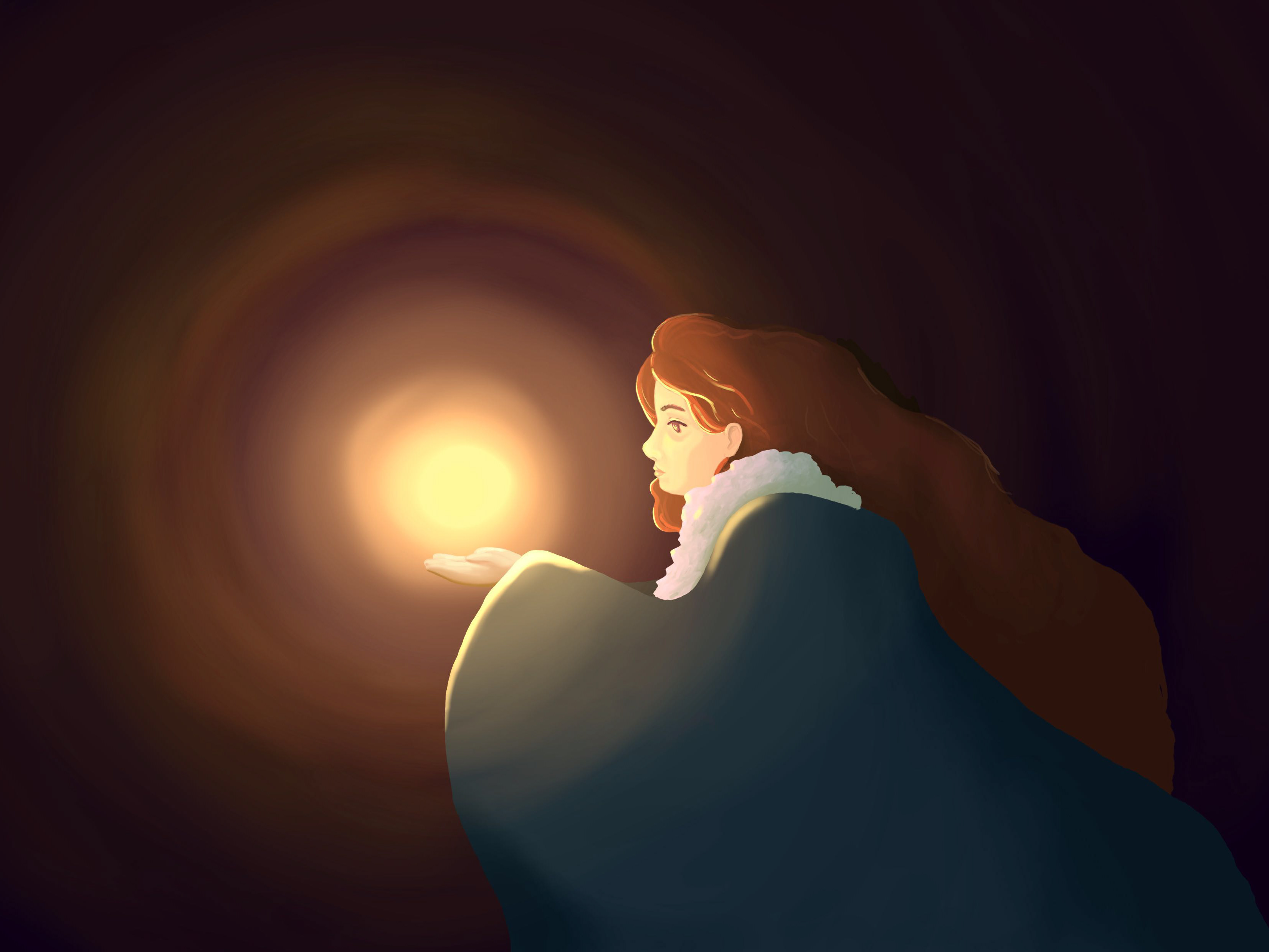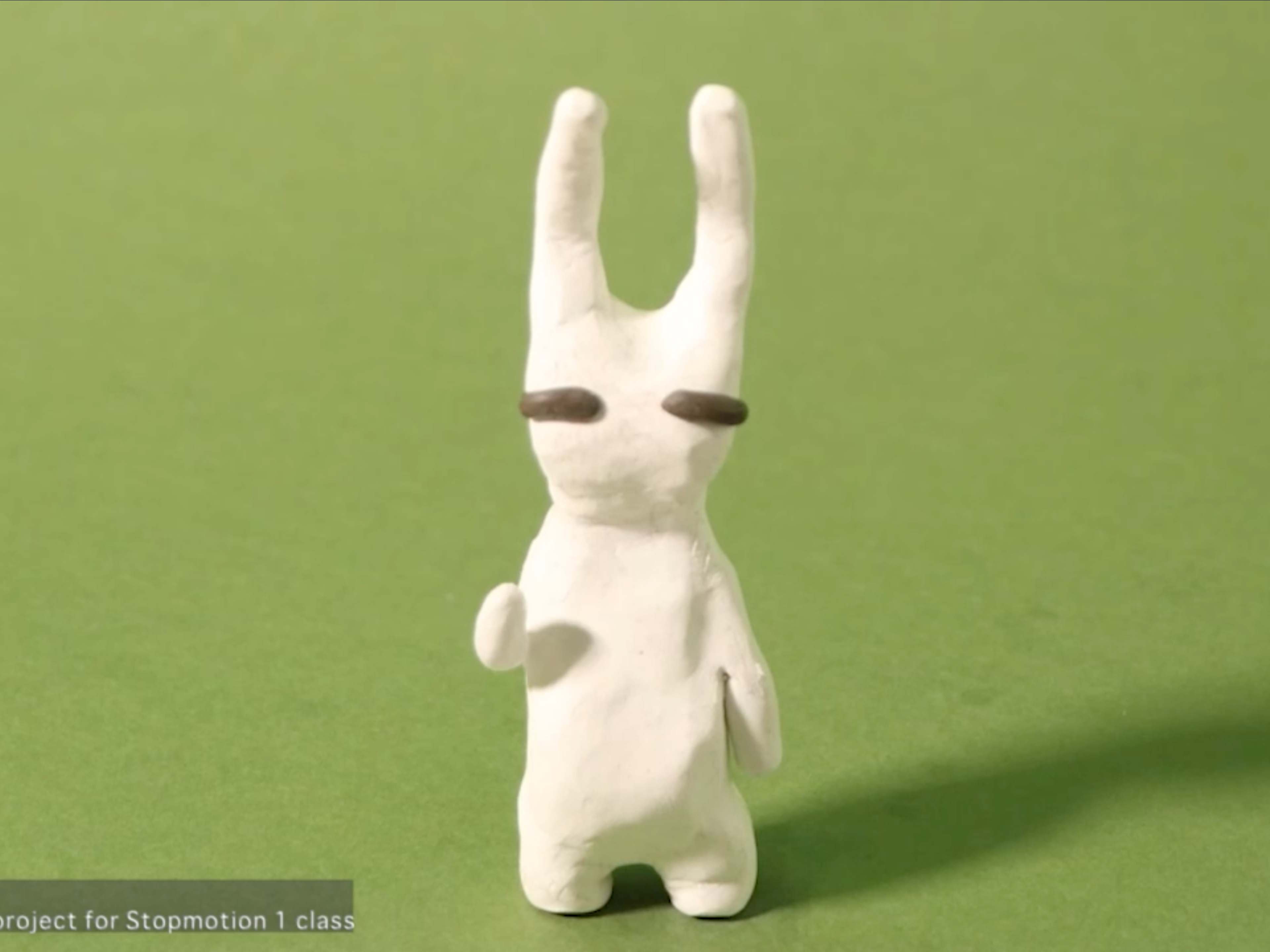Project statement
For this project, I chose to explore concepts related to gender performativity, inspired by the work of Miriam Schapiro and Judy Chicago, and drawing from the concepts presented by Judith Butler’s writing.
Miriam Schapiro and Judy Chicago, together with other artists, created the installation and performance project entitled “Womanhouse'', a critique of the performativity of gender aiming to demystify the white middle class housewife’s experience. In most of the exhibits, irony is used to play upon the contradictions of gender performance and how hard it is to live up to the expectations of the ideal woman. Each room of an abandoned house in Los Angeles was reimagined as a space for performance and sculptural work, including Leah’s Room, a performance space created by Karen LeCoq and Nancy Youdelman. In the room, the performer would continually apply layers of makeup, rubbing it off and starting over again, as a play on "the pain of aging, of losing beauty, pain of competition with other women. We wanted to deal with the way women are intimated by the culture to constantly maintain their beauty and the feeling of desperation and helplessness once this beauty is lost.", in the artist's own words.
The use of irony and a sort of dissociative repetition as a way of representing the struggle to achieve the unachievable goal of becoming the ideal woman is what interested me the most out of this whole project.
For my piece, I chose to create an acrylic painting on canvas, using a more contemporary and personal approach to the pains of gender performance, playing upon
the lobotomies performed on women who didn’t fit into the gendered ideals of their time as a metaphor for the still present pains caused by the contradictions of being gendered a woman. Mental illness, anxiety and dissociation have been common symptoms I’ve seen in the women in my life, so this painting was made in reference to the mental health consequences of trying to fit into impossible standards for femininity.
The painting is a representation of the mindscape of a woman in a psychiatrist’s office. In the foreground, a patient is seen receiving brain surgery by alien doctors, in reference to the alienation of the medical industry. The patient has doll-like features and a blank expression, a puppet in their own brain, with no agency of their own. Other elements like little devilish creatures moving around the screws in the patient’s brain, as well as a displaced screw in the background and the doctor’s speech bubble, represent the patient’s mental state. The text in the skyline is a reference to Judith’s Butler's explanation of how she first began perceiving gender performance in the way her mom would say she was “putting on her face” each morning, while putting on makeup. The different elements in the painting are meant to present a childlike perspective on the issues addressed, representing the loss of innocence forced upon women so early in their lives.
Bibliography
Leah's Room. PennState University Libraries. (n.d.). Retrieved April 27, 2023, from https://digital.libraries.psu.edu/digital/collection/arthist2/id/150336/
Revisiting womanhouse: Welcome to the (deconstructed) dollhouse. (n.d.). Retrieved April 27, 2023, from
https://www.researchgate.net/publication/294418894_Revisiting_womanhouse_Welcom e_to_the_deconstructed_Dollhouse
